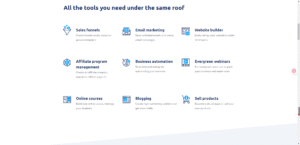As I dive into the world of web development, I’m excited to share with you the vast opportunities it offers. In today’s digital economy, having a strong online presence is crucial, and web development is at the heart of this.
Building and maintaining websites and applications requires a range of skills, from programming to understanding how to make your site user-friendly. Whether you’re looking to start a career or simply understand how the web works, this guide is your first step.
Key Takeaways
- Understanding the basics of web development
- Exploring different specializations within the field
- Learning about the tools and languages used by professionals
- Getting started with your web development journey
- Navigating industry standards and best practices
What is Web Development?
In the modern digital age, web development plays a vital role in shaping how businesses and individuals interact online. Web development is closely related to the job of designing the features and functionality of websites and apps, often referred to as “web design.” However, the term “web development” is typically reserved for the actual construction and programming of websites and apps.
Definition and Scope
Web development encompasses a wide range of tasks, from creating simple static websites to complex dynamic web applications. It involves various aspects, including web design, web content development, client-side/server-side scripting, and network security configuration. The scope of development in this context is broad, covering everything needed to make a website or web application accessible on the web.
The Importance of Web Development in Today’s Digital World
The importance of web development cannot be overstated in today’s digital world. As more users access the internet via various devices, businesses need robust online platforms to engage with their customers and provide information. Web development enables organizations to create personalized user experiences, significantly improving customer engagement and satisfaction. It also provides the technical foundation for digital transformation initiatives across industries, from healthcare to finance.
Some key reasons why web development is crucial include its role in e-commerce growth, enabling businesses to sell products and services online; its impact on mobile web access, as more users rely on smartphones and tablets; and its empowerment of individuals and small businesses to establish an online presence without relying on third-party platforms.
The History of Web Development
The history of web development is a story of rapid evolution, transforming the way we interact with information online. From its humble beginnings to the current sophisticated web applications, web development has undergone significant changes over the years.
Evolution of Web Technologies
The early 2000s saw the introduction of AJAX, enabling partial page updates and more interactive web experiences. The launch of the iPhone in 2007 revolutionized web development by necessitating mobile-friendly websites and responsive design principles. The introduction of HTML5 and CSS3 around 2010 provided developers with powerful new tools for creating rich web experiences.
Key Milestones
Several key milestones have marked the history of web development. The development of Node.js allowed JavaScript to move from the browser to the server, enabling full-stack JavaScript development. Modern JavaScript frameworks like React, Angular, and Vue.js have revolutionized front-end development by introducing component-based architecture.
| Period | Key Technologies | Impact |
|---|---|---|
| Early to Mid 2000s | AJAX, Social Media Platforms | Richer web experiences, rise of user-generated content |
| Late 2000s to Early 2010s | iPhone, Responsive Design, Node.js, jQuery | Mobile-friendly websites, server-side JavaScript |
| Mid 2010s to Present | React, Angular, Vue, PWAs, WebAssembly, Serverless, AI | Modern web applications, advanced web capabilities |

Understanding the Web Development Process
Understanding the web development process is crucial for creating effective and efficient websites. This process involves several stages that work together to bring a website from conception to launch.
Planning and Requirements Gathering
The first stage in the web development process is planning and requirements gathering. This involves understanding the client’s needs, defining the project scope, and identifying the target audience. Expert-level knowledge of various programming languages is not required at this stage, but understanding the project’s requirements is crucial.
Design and Prototyping
Once the requirements are gathered, the next stage is design and prototyping. This involves creating visual elements and user interactions using tools like wireframes and mockups. The design should be visually appealing and user-friendly. I’ll outline how designers create or implement designs demanded by a client or created by a design team.

Development and Testing
The development stage involves writing the code that makes a website function. This includes both front-end development, which focuses on implementing visual elements and user interactions using HTML, CSS, and JavaScript, and back-end development, which creates the server-side logic and database interactions. I’ll discuss various testing methodologies, including:
- Unit testing to ensure individual components function correctly
- Integration testing to verify how different components interact
- User acceptance testing to validate the website against user requirements
Performance testing is also crucial to identify bottlenecks and ensure the website loads quickly and operates efficiently.
Front-End Development Explained
As I dive into the world of web development, I find that front-end development plays a vital role in shaping the user’s interaction with a website. It’s the process of creating the user interface and user experience using HTML, CSS, and JavaScript.
HTML: The Structure
HTML, or HyperText Markup Language, is the backbone of any web page, providing the structure and content that the web browser renders to the user. It is used to define the different elements on a web page, such as headings, paragraphs, images, and links.
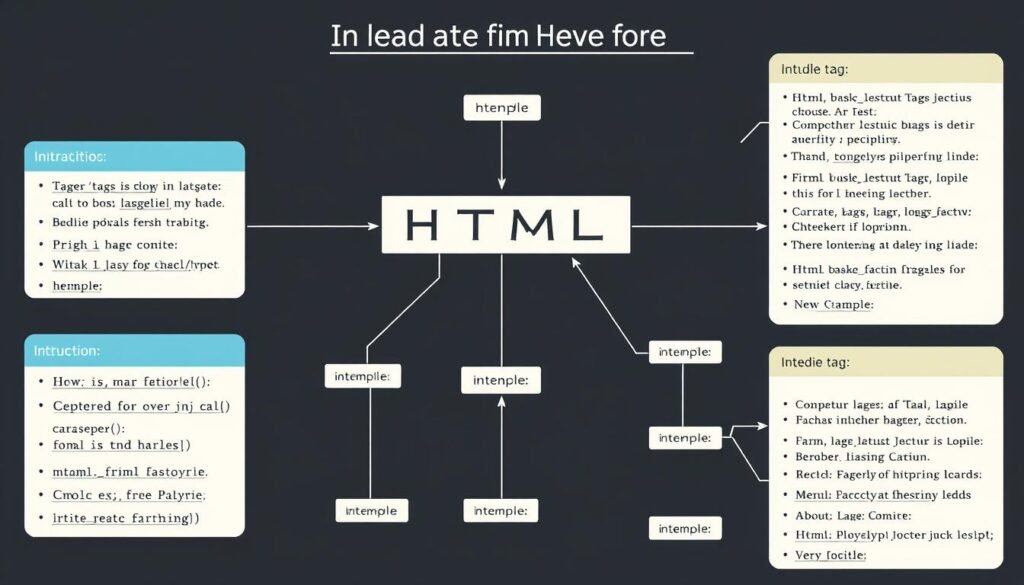
CSS: The Style
CSS, or Cascading Style Sheets, is used to control the layout and visual styling of web pages written in HTML. It allows developers to separate the presentation of a document from its structure, making it easier to maintain and update the visual aspects of a website.
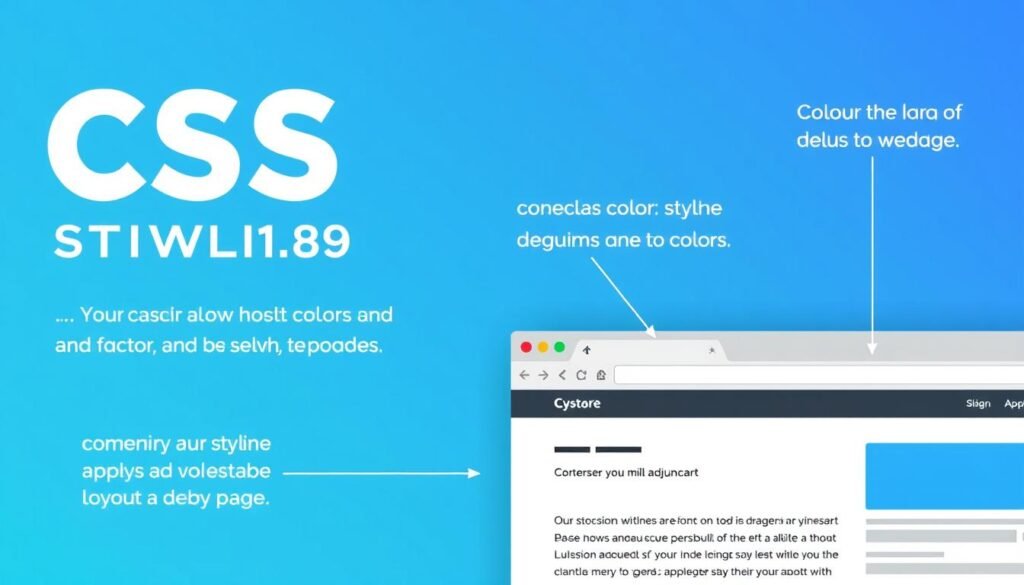
JavaScript: The Functionality
JavaScript is a programming language that adds interactivity to web pages, allowing for dynamic updates to content, animations, and responses to user interactions. It’s a crucial tool for creating a engaging user experience and is used by most websites for client-side scripting.
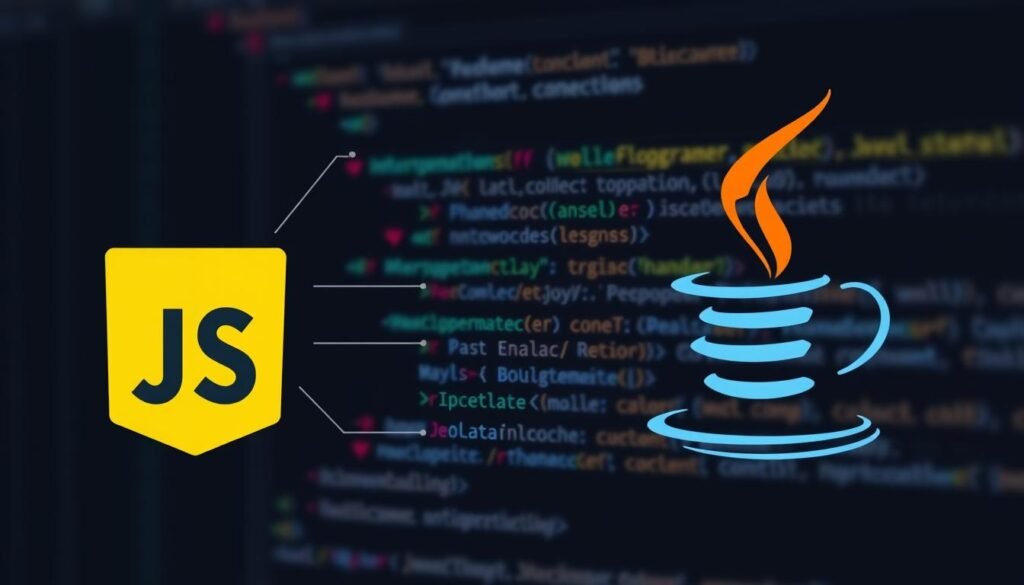
Back-End Development Fundamentals
Back-end development is the backbone of web applications, handling server-side logic, database integration, and API connectivity. It enables the front-end to function seamlessly by providing the necessary data and functionality.
Server-Side Programming Languages
The choice of server-side programming language is crucial for back-end development. Popular options include Java, Python, and Ruby, each with its own strengths and frameworks. For instance, Java is known for its robustness and scalability, making it a favorite for large-scale applications.
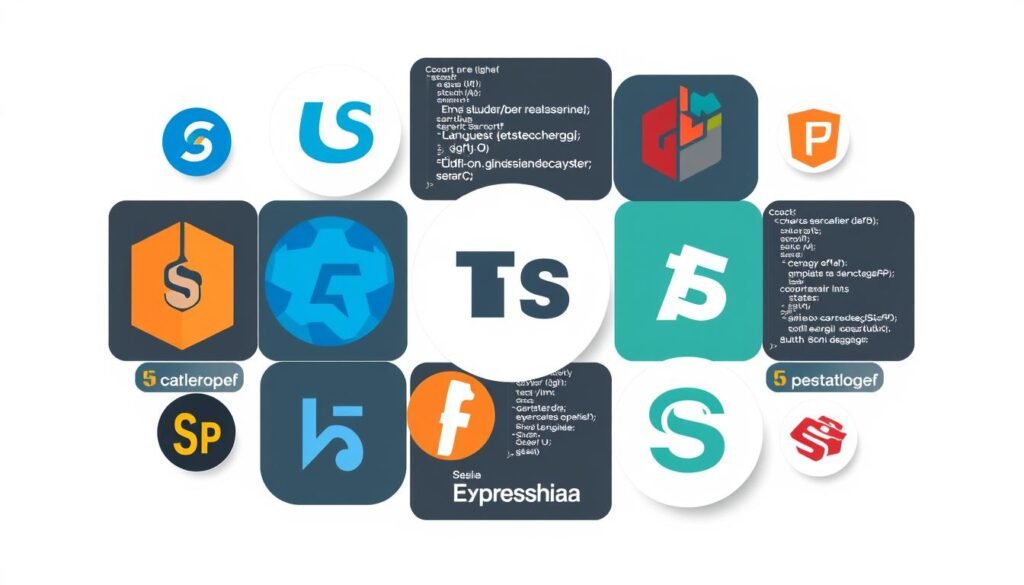
Databases and Data Management
Effective data management is critical for web applications. Databases like MySQL, PostgreSQL, and MongoDB store and manage data, ensuring it is accessible and secure. The choice of database depends on the application’s requirements, such as data structure and scalability needs.
APIs and Web Services
APIs (Application Programming Interfaces) enable different software systems to communicate with each other. RESTful APIs have become the standard for web services, using HTTP methods to perform operations on resources. Data formats like JSON and XML are used for API communication, with JSON being the dominant choice due to its lightweight nature and compatibility with JavaScript.
Key aspects of APIs include:
- RESTful APIs using HTTP methods (GET, POST, PUT, DELETE) to perform operations on resources.
- JSON (JavaScript Object Notation) as the dominant data format for API communication.
- Authentication and authorization mechanisms like OAuth2.0 and JWT (JSON Web Tokens) to secure API endpoints.
- API documentation tools like Swagger/OpenAPI to help developers understand and interact with APIs.
- GraphQL as a modern alternative to REST, allowing clients to request exactly the data they need.
Essential Tools for Web Development
In the world of web development, having the right set of tools is crucial for delivering high-quality products. As a developer, I rely on a variety of essential tools to streamline my workflow and ensure the success of my projects.
Code Editors and IDEs
When it comes to writing code, I prefer using top-notch code editors like Visual Studio Code.
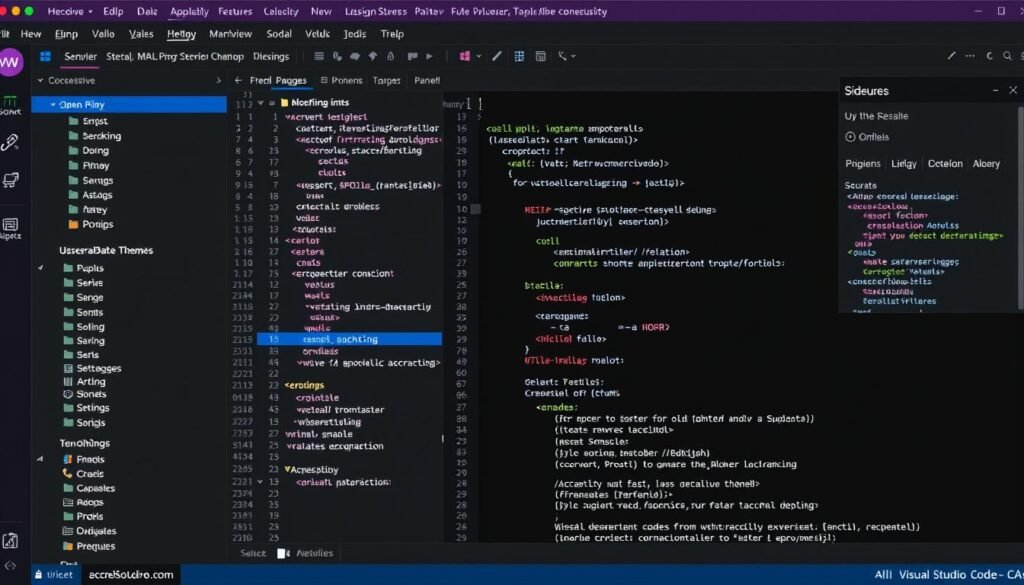
Version Control Systems
Version control systems like Git are indispensable for managing code changes and collaborating with team members. I use Git to track changes, create branches, and merge code updates.
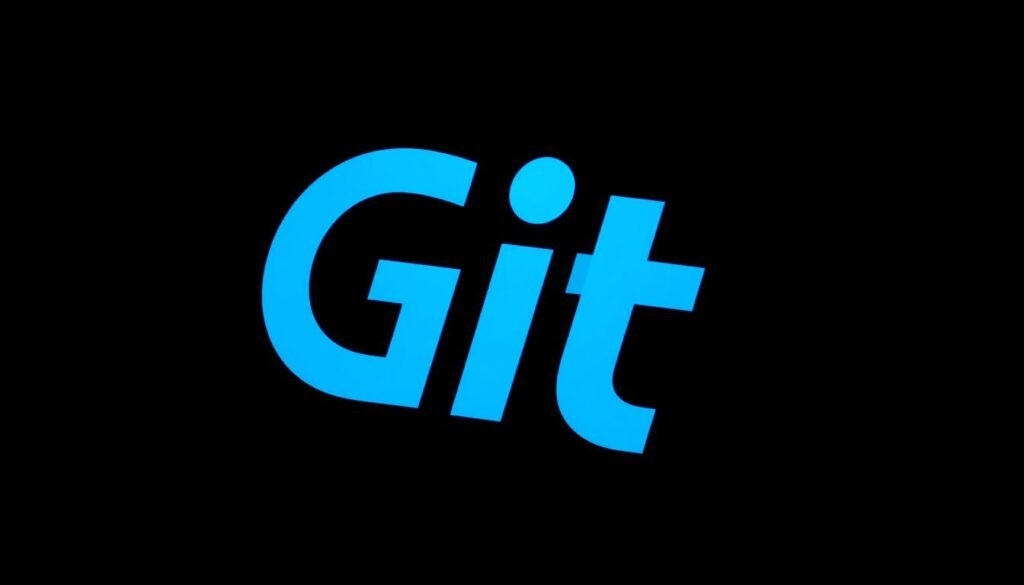
Testing and Debugging Tools
Testing and debugging are critical components of the web development workflow. I utilize browser developer tools to inspect elements, monitor network requests, and analyze performance. Additionally, I leverage testing frameworks like Jest and Mocha to automate testing of my JavaScript code.
Web Development Frameworks and Libraries
Web development frameworks and libraries are essential tools for building robust and scalable web applications. They provide pre-built components, structures, and functionalities that simplify the development process, allowing developers to focus on the core logic of the application.
Front-End Frameworks
Front-end frameworks like React, Angular, and Vue have gained popularity among developers. React, developed by Facebook, is known for its component-based architecture and virtual DOM. Angular, maintained by Google, provides a comprehensive framework with features like dependency injection and two-way data binding. Vue, often considered a more approachable option, combines the best features of React and Angular.

Back-End Frameworks
Back-end frameworks simplify server-side development by providing structure, libraries, and common functionality. Express.js, built on Node.js, is a popular minimal and flexible framework for JavaScript developers. Django, a Python framework, follows the “batteries-included” philosophy with built-in admin interfaces, authentication, and ORM. Ruby on Rails pioneered convention over configuration, speeding up development by making assumptions about what developers need.

Responsive Design and Mobile-First Approach
In today’s digital landscape, a mobile-first strategy is no longer a trend but a necessity for effective web design. As I explore the importance of responsive design and mobile-first development, it becomes clear that these approaches are crucial for creating websites that cater to the diverse needs of users across various devices.
Principles of Responsive Web Design
Responsive web design is about creating websites that adapt seamlessly to different screen sizes and devices. This is achieved through flexible grids, images, and media queries that enable a website to adjust its layout according to the user’s device. The core principle is to ensure that the website provides an optimal viewing experience, regardless of whether the user is accessing it from a desktop, tablet, or mobile phone.
Key elements of responsive design include fluid grids, flexible images, and media queries. By incorporating these elements, web developers can create websites that are not only visually appealing but also highly functional across different devices.

Mobile-First Development Strategies
Mobile-first development involves designing for mobile devices before scaling up to larger screens. This approach forces designers and developers to focus on core content and functionality, leading to more streamlined user experiences. By prioritizing mobile devices, developers can ensure that the essential features and content are preserved across different screen sizes.
- Implementing mobile-first CSS by writing base styles for mobile devices and then using media queries to enhance the design for larger screens.
- Prioritizing performance optimization, as mobile users often have slower connections and less powerful devices.
- Ensuring touch-friendly interfaces with appropriately sized tap targets to enhance usability on touchscreen devices.
By adopting a mobile-first approach, web developers can create websites that not only align with current user behavior but also provide a superior user experience across various devices.
Web Development Career Paths
Pursuing a career in web development opens up a world of opportunities in the ever-evolving digital landscape. As technology continues to advance, the demand for skilled web developers is on the rise, offering diverse career paths that cater to various skill sets and interests.
Front-End Developer
A Front-End Developer focuses on creating user-friendly and visually appealing interfaces for websites and web applications. They are proficient in HTML, CSS, and JavaScript, and often work with front-end frameworks like React or Angular. Their primary goal is to ensure a seamless user experience across different devices and browsers.
Back-End Developer
A Back-End Developer is responsible for the server-side logic, database integration, and API connectivity. They work with programming languages like Python, Java, or Ruby, and frameworks such as Node.js or Django. Their role is crucial in ensuring the smooth operation of web applications and the efficient management of data.
Full-Stack Developer
A Full-Stack Developer is a versatile professional who works across both front-end and back-end technologies. They possess a broad skill set that includes HTML, CSS, and JavaScript for the front end, as well as server-side languages and database technologies for the back end. This comprehensive knowledge allows them to build complete web applications independently or take on various roles within a development team. According to an Indeed study, Full-Stack Developers are the fourth-most in-demand job in tech, highlighting their value in the industry.
How to Start Learning Web Development
Embarking on a web development journey requires a strategic approach to learning. To get started, it’s crucial to understand the fundamentals and have a clear plan.
Recommended Learning Resources
To learn web development effectively, you need the right resources. I recommend exploring our ongoing free course, Web Development Skillup, which covers topics weekly, includes notes, quizzes, and practical projects. You can also search for best web development courses for beginners to find a suitable course.
Building Your First Projects
Project-based learning is vital in web development. I suggest starting with simple projects like a personal portfolio website to apply HTML and CSS skills. Progressively challenging projects, such as a to-do list app or quiz game, help build JavaScript and programming logic skills. Additionally, cloning existing websites or apps and contributing to open-source projects on GitHub provide excellent practice.
Building projects that solve personal problems or address interests keeps motivation high. Documenting the development process and showcasing completed projects on GitHub and a portfolio website demonstrates skills to potential employers.
Conclusion
As we conclude our exploration of web development, it’s clear that this field offers a wealth of opportunities. Web development is a dynamic and rewarding field that continues to evolve rapidly, making it both challenging and exciting for those willing to commit to continuous learning.
Becoming a web developer is accessible to anyone with dedication, regardless of their educational background or previous experience. The demand for skilled web developers remains strong across industries, offering excellent career prospects and competitive salaries. To get started, it’s essential to focus on fundamentals before specializing in areas that align with your interests.
Key takeaways from our journey through web development:
- Front-end development focuses on the client-side, creating the user interface and user experience.
- Back-end development involves server-side programming, managing data and databases.
- Building a portfolio of projects is crucial, as employers value demonstrated skills.
- The web development community is supportive and collaborative, with abundant resources available.
So, get started by exploring the resources and starting your first project. With persistence and dedication, you can become a successful web developer, combining technical skills with problem-solving abilities, creativity, and a user-centered mindset.
FAQ
What is the difference between front-end and back-end web development?
What programming languages are used for back-end development?
What is a full-stack developer?
What is responsive design, and why is it important?
What are some essential tools for web development?
What is the role of JavaScript in web development?
How do I get started with web development?
What are some popular front-end frameworks?



